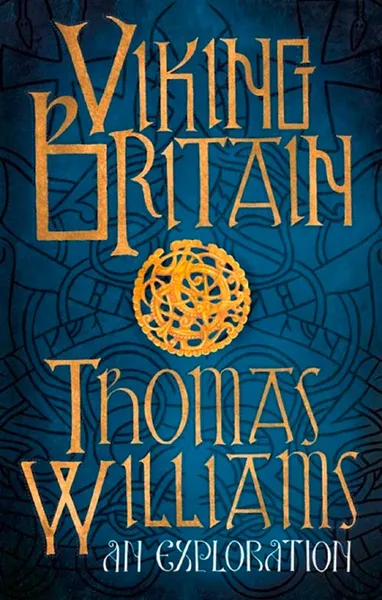Viking Britain
📙 Britain in the Viking Age was a turbulent violent place, and the war-lords of the age have names that fire the blood and stir the imagination – Alfred the Great and Ivar the Boneless, Edmund Ironside and Erik Bloodaxe, Macbeth and Thorfinn Skullsplitter (to name but a few). The way in which their stories intersect with real places offers potential for a richly textured narrative. By drawing together narrative history, new academic research and first-hand experience, Tom Williams offers a vital evocation of a forgotten world, its echoes in later history and its implications for the present.
A Viking Britain truly existed, and its historical and cultural footprint is in many ways broader and deeper than Rome’s. Between the conventional beginning of the Viking Age in the late eighth century and its close in the eleventh, Scandinavian people and culture were involved with Britain to a degree that has left a permanent impression on these islands. They came to plunder and, ultimately, to settle, to colonize and to rule. By the time of the Norman Conquest, much of Britain might justifiably be described as ‘Viking’, and in language, literature, place-names and folklore, the presence of Scandinavian settlers can still be felt. Indeed, the Vikings have been a powerful cultural force in modern times. Their representation in paintings, novels and operas – from the music of Elgar to the writing of Kipling, Morris and Tolkien – has had a profound impact on the British psyche. Much of what we imagine when we think of the Vikings – even the word ‘Viking’ itself – grew, not form the Viking Age itself, but from the political, literary and artistic currents of the nineteenth and early twentieth centuries. Here, too, a Viking Britain came alive.
A Viking Britain truly existed, and its historical and cultural footprint is in many ways broader and deeper than Rome’s. Between the conventional beginning of the Viking Age in the late eighth century and its close in the eleventh, Scandinavian people and culture were involved with Britain to a degree that has left a permanent impression on these islands. They came to plunder and, ultimately, to settle, to colonize and to rule. By the time of the Norman Conquest, much of Britain might justifiably be described as ‘Viking’, and in language, literature, place-names and folklore, the presence of Scandinavian settlers can still be felt. Indeed, the Vikings have been a powerful cultural force in modern times. Their representation in paintings, novels and operas – from the music of Elgar to the writing of Kipling, Morris and Tolkien – has had a profound impact on the British psyche. Much of what we imagine when we think of the Vikings – even the word ‘Viking’ itself – grew, not form the Viking Age itself, but from the political, literary and artistic currents of the nineteenth and early twentieth centuries. Here, too, a Viking Britain came alive.
Мнения
